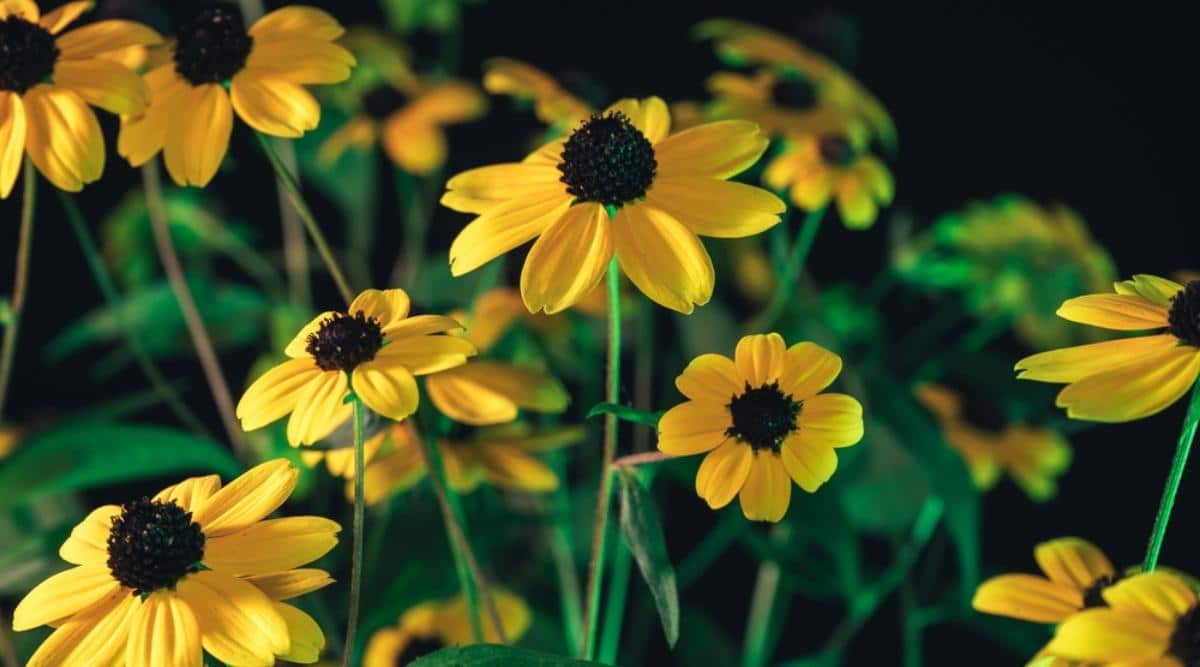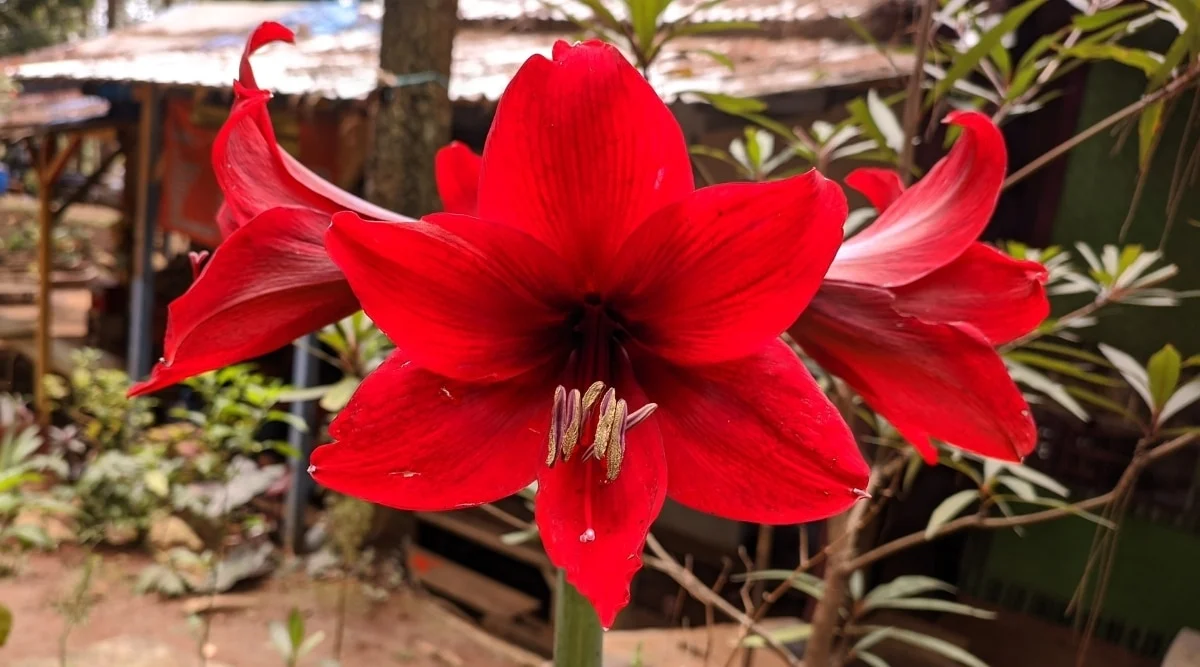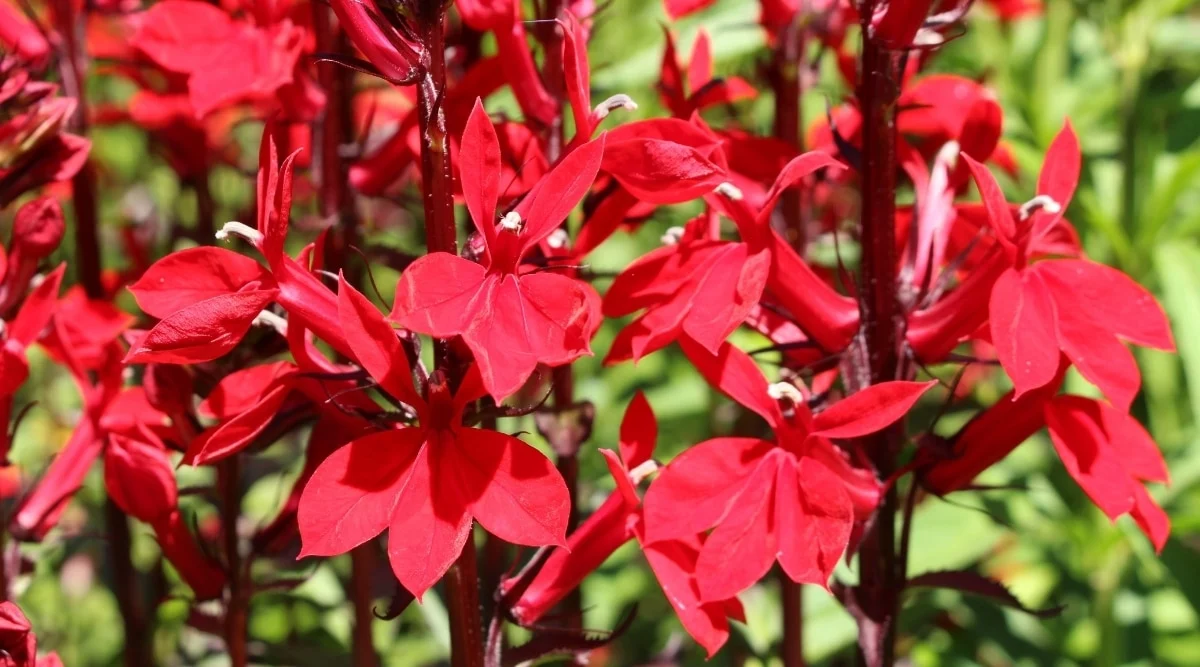
Black-Eyed Susan: The Bright and Cheerful Wildflower
japanchildrenrights.org – The Black-Eyed Susan, scientifically known as Rudbeckia hirta, is a vibrant and hardy perennial flower that has become a symbol of summer gardens across North America. Known for its bold yellow petals and dark brown centers, this cheerful wildflower is a favorite among gardeners, pollinators, and wildlife enthusiasts. Its resilience, ease of care, and stunning visual appeal make it a versatile and enduring addition to many gardens.
Appearance and Characteristics
Black-Eyed Susan is easily recognizable due to its striking appearance. The flower features bright yellow or golden petals that radiate outward from a prominent dark brown or black center, which resembles a cone or a button. These vibrant flowers typically reach 3 to 4 inches (7.5 to 10 cm) in diameter and grow in clusters atop sturdy, upright stems. The plant itself usually grows between 2 to 3 feet (60 to 90 cm) tall, with long, lance-shaped green leaves that provide a lush backdrop for the blooms.
The flowering season for Black-Eyed Susan begins in late spring or early summer and can extend through fall, depending on the climate and growing conditions. This extended bloom time ensures that the plant is a focal point in the garden for many months, attracting both human admirers and beneficial pollinators, including bees and butterflies.
While the most common variety of Black-Eyed Susan is characterized by its yellow petals and dark center, the plant also comes in a variety of color combinations, including orange, red, and even bi-colored blooms. These variations offer gardeners flexibility in design and the ability to mix and match colors within their landscapes.
Growing Conditions and Care
Black-Eyed Susan is a tough and adaptable plant that thrives in a variety of conditions, making it a favorite for both novice and experienced gardeners. This wildflower is best suited for full sun, although it can tolerate light shade. It prefers well-drained soil and is particularly adaptable to dry, sandy, or rocky soil types, making it an excellent choice for areas with poor soil.
Once established, Black-Eyed Susan is relatively drought-tolerant and can thrive with minimal watering, though it will appreciate occasional watering during dry spells. The plant is resistant to most pests and diseases, which makes it an excellent low-maintenance option for gardeners looking for a hardy and resilient flower.
Black-Eyed Susan grows well in USDA hardiness zones 3 through 9, which means it can survive in a wide range of climates, from colder northern regions to warmer southern areas. It is also deer-resistant, making it a great choice for gardens where wildlife may be a concern.
Although it is a perennial, Black-Eyed Susan often behaves like an annual in colder climates, where it may not survive the winter. In milder climates, it will come back year after year, continuing to provide color and vibrancy to the garden.
Benefits and Uses
Black-Eyed Susan is not only a beautiful flower but also a highly beneficial plant in the garden. Its ability to attract pollinators such as bees, butterflies, and even hummingbirds makes it an excellent choice for wildlife-friendly gardens. The plant’s nectar-rich blooms provide sustenance for these beneficial creatures, helping to maintain biodiversity and support healthy ecosystems.
In addition to its pollinator-friendly qualities, Black-Eyed Susan is a popular plant for creating bold, colorful garden displays. It works well in mixed borders, wildflower meadows, or cottage gardens. The plant’s upright habit and bright blooms make it a perfect focal point for summer gardens, adding a pop of color against green foliage or the backdrop of other flowering plants.
Black-Eyed Susan is also commonly used in naturalized landscapes, where it can be left to grow in wildflower meadows or along the edges of woodland areas. It can even be grown as a cut flower in floral arrangements, where its bold color and long-lasting blooms add beauty to vases and bouquets.
Symbolism and Cultural Significance
Black-Eyed Susan has a rich history and is associated with various cultural symbols. In Native American folklore, the flower is often viewed as a symbol of encouragement, strength, and determination, reflecting its resilience and ability to thrive in difficult environments. It is also seen as a symbol of positivity, joy, and warmth, thanks to its bright, sunny appearance.
The Black-Eyed Susan is the state flower of Maryland, symbolizing the state’s natural beauty and vibrant landscapes. It is also commonly associated with the summer season and is a popular choice in floral arrangements for celebrations, including weddings and birthdays, as its sunny appearance brings a sense of cheer and optimism.
Conclusion
Black-Eyed Susan is a resilient and vibrant flower that brings warmth, color, and life to any garden or landscape. Its easy-care nature, adaptability to a variety of growing conditions, and ability to attract pollinators make it a must-have for many gardeners. Whether used as a focal point in a border, a component in a wildflower meadow, or as a cut flower in arrangements, the Black-Eyed Susan is sure to add a cheerful, sunny touch to any setting. With its long blooming season, hardiness, and enduring appeal, this wildflower is a symbol of the beauty and vitality of summer.


